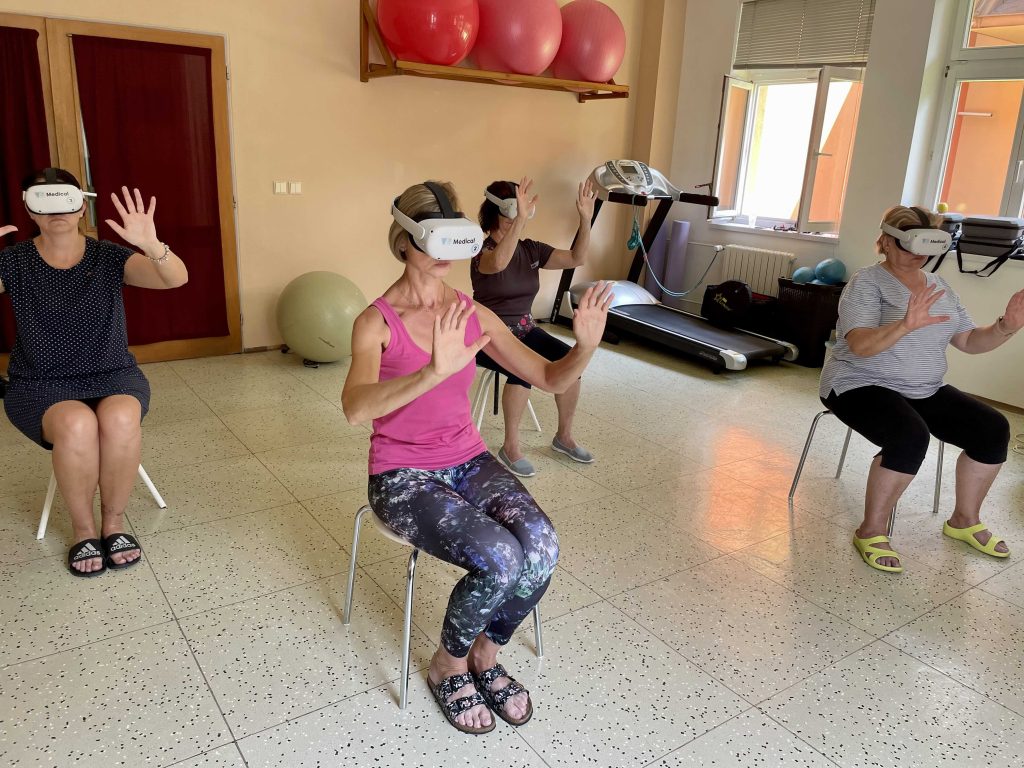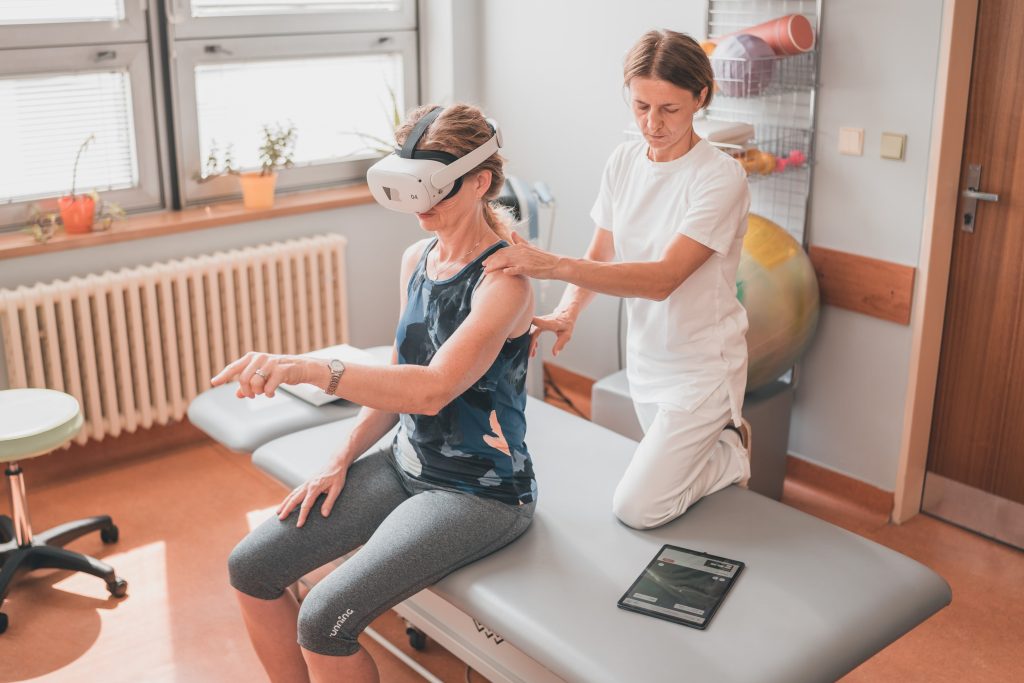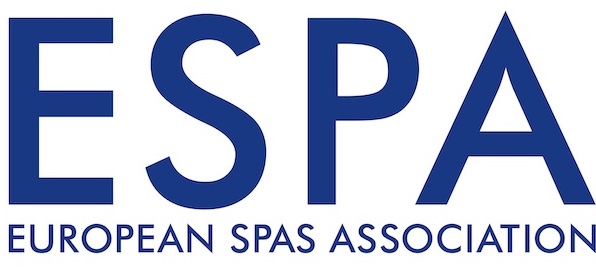An interview with Konstantin Novikov of VR Medical, Czech Republic, Winner of the ESPA Innovation Award in the category Innovative Spa Products
- Your system is the first MDR-certified VR rehabilitation in spa settings. What do patients typically do in the virtual environment, and how does it differ from traditional physiotherapy?
In VR Medical, patients are immersed in carefully designed virtual scenarios that replicate meaningful movements and real-life activities. They can move, reach, stretch, and balance in visually rich, motivating environments, training both upper and lower limbs, improving coordination, and even practising everyday tasks. Many forget that they are exercising because they are focused on completing engaging and purposeful activities.
What makes this approach different from traditional physiotherapy is the sense of immersion and motivation. Virtual reality helps patients overcome fear and pain, keeps their attention focused, and allows them to move more naturally. Therapists often tell us that even patients who had lost interest in conventional therapy become active and positive once they experience VR. It helps people rediscover the joy of movement and achievement.
2. When conducting larger group therapy sessions, how do you ensure individualised care? How does this approach work in practice?
Each VR headset tracks the user’s movement and performance in real time, while the therapist monitors everyone’s progress on a tablet. This setup allows one therapist to guide six or more clients simultaneously, while each person still trains at their own pace and on their own program.
For clients, it feels like a shared, social experience that is enjoyable and motivating. For therapists, it is an efficient and flexible way to deliver quality care to more people without losing personal attention. This combination of modern technology and a human-centred approach is why medical spas appreciate the VR Medical system.
“The real breakthrough came when doctors saw the results themselves — patients moving more, feeling better, and enjoying therapy. That’s when VR became a legitimate therapeutic tool, not just an innovation.”
Konstantin Novikov
3. You’re MDR-certified and implemented in facilities like Royal Spa and Darkov. What was the turning point that convinced medical professionals that VR was a legitimate therapeutic tool?
The real breakthrough came when doctors and therapists witnessed the results themselves. In facilities, patients showed noticeable improvements in mobility, confidence, and pain reduction. Many therapists observed that patients were suddenly completing more repetitions than ever before, not because they were told to, but because they genuinely wanted to continue.
And of course, MDR certification also played a key role, confirming that VR Medical complies with the strict European standards for medical devices. The combination of clinical evidence, patient progress, and regulatory credibility convinced even the most sceptical professionals that VR can serve as a real therapeutic tool, not just an interesting innovation.
4. Looking to the future, where do you see the next step in virtual rehabilitation?
We are now working on an exciting research project supported by the Technology Agency of the Czech Republic, in collaboration with the National Institute of Mental Health and the University Hospital Královské Vinohrady. This project explores “rehabilitation by the brain,” which uses kinesthetic illusions in virtual reality to stimulate neural recovery and support patients with very limited mobility.
We believe this is the future of rehabilitation — a new way to help the brain heal the body through immersive, evidence-based technology.




